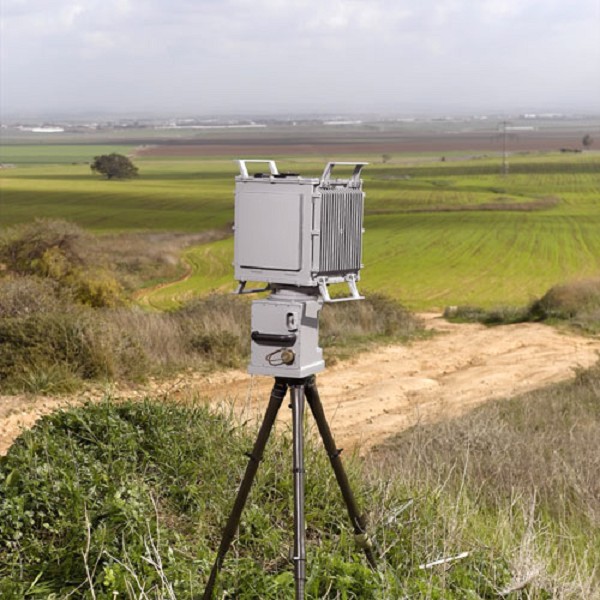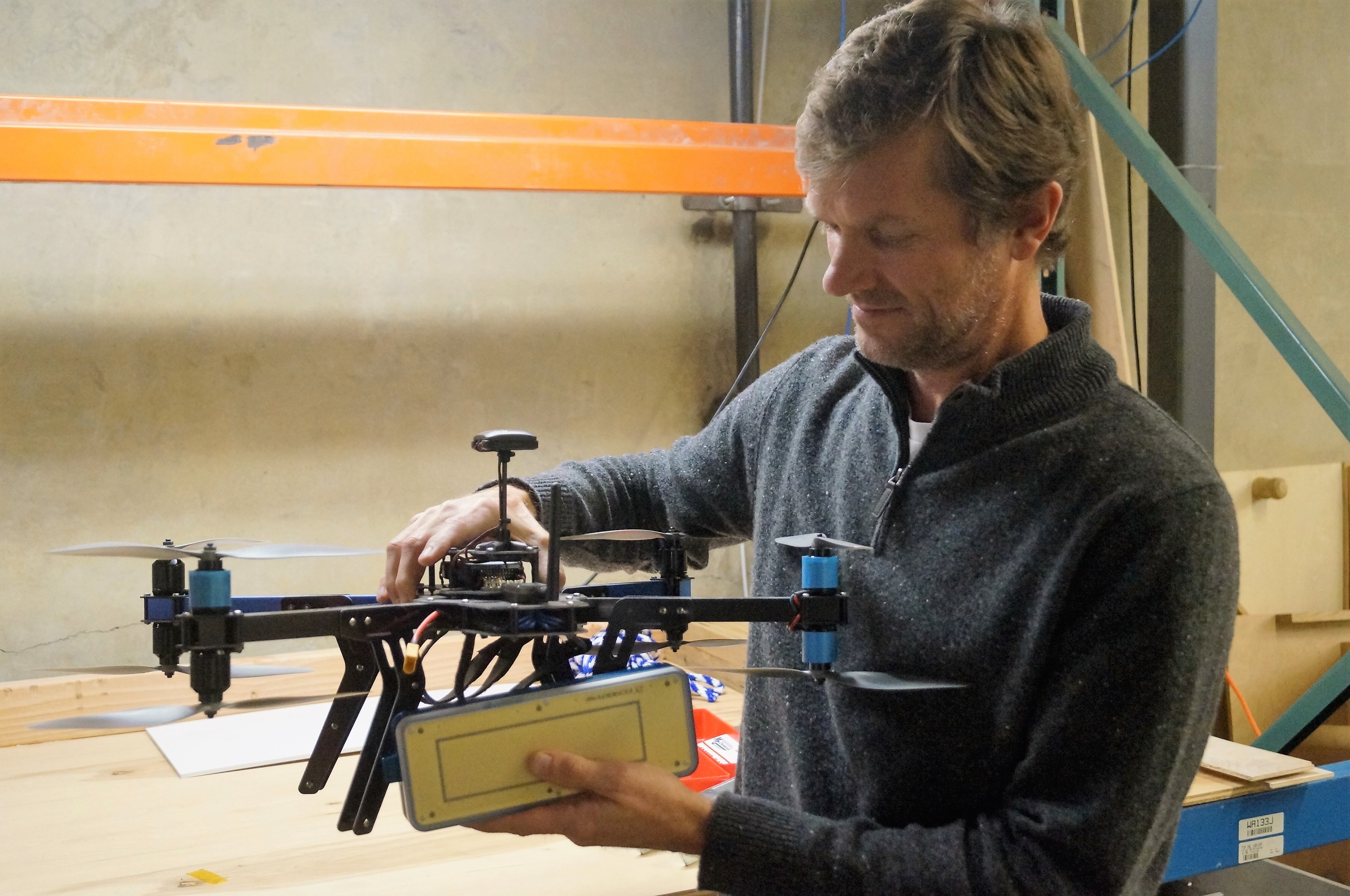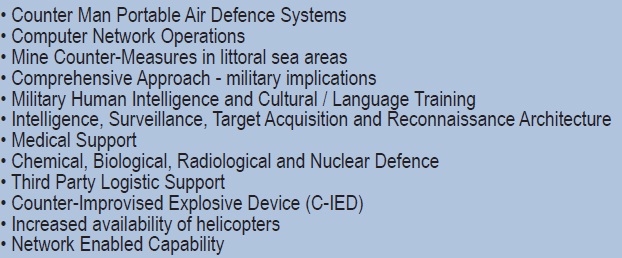New Corps’ Mission To Parry Cyberthreat
2,800 Navy intelligence, information warfare, information/network management, cryptologists and oceanography personnel on Oahu, and 176 received recognition yesterday for accomplishment in a relatively new cadre — the Information Dominance Corps. The group received prestigious warfare qualification pins on the fantail of the battleship Missouri in recognition of their certification — and elevation in importance on the 21st-century battlefield.
In May, Navy Vice Adm. David Dorsett said in a report that command and control, networking, data collection and intelligence would be elevated to a “main battery” in the Navy arsenal. “Cyberthreat” is the new military buzzword, and Adm. Robert Willard, head of U.S. Pacific Command at Camp Smith, warned in testimony to the House Armed Services Committee in March that “U.S. military and government computer systems continue to be the target of intrusions that appear to have originated from within the PRC (People’s Republic of China).”
The Center for Naval Analyses last year said Chinese and Russian spies had “penetrated the U.S. electrical grid and left behind dormant but malicious software.” So concerned is the military about the possibility of cyber-attack or natural disaster that it’s pursuing a “microgrid” at Camp Smith that will depend on generators and renewable power for the base in the event of a long-term Hawaiian Electric Co. outage.
The Navy’s Information Dominance Corps was started in late 2009 by Chief of Naval Operations Adm. Gary Roughead.
In a planning report, the Navy said it could “no longer afford inefficiencies incurred with stove-piped networks,” a reference to intelligence and network commands developing and keeping information within their units. The new corps seeks to spread that information for the best use with all means available. The Navy said the transformation is analogous to the shift from sail to steam or the introduction of naval aviation.
Capt. Bruce Loveless, the commander of the Joint Intelligence Operations Center at U.S. Pacific Command, told those assembled on the Missouri yesterday that guns like those on the battleship no longer are front-line weapons. “The first shots of our next conflict will likely be fired across the networks that so tightly link us with our friends and our enemies here in the Pacific,” he said.Lt. Cmdr. Audrey Adams, who received a pin yesterday in her role with the Navy Information Operations Command Hawaii at Kunia, said, “Warfare pins in the Navy are a very big deal. It’s like getting your wings as a pilot.”
Rear Adm. Elizabeth Train, the director for intelligence at U.S. Pacific Command, told the group yesterday, “The demand signal is clear, and in a resource environment where the Navy is downsizing in some areas, your expertise and skills are very much in demand and (the) Navy is putting resources behind it.”
Source: William Cole – Honolulu Star-Advertiser


